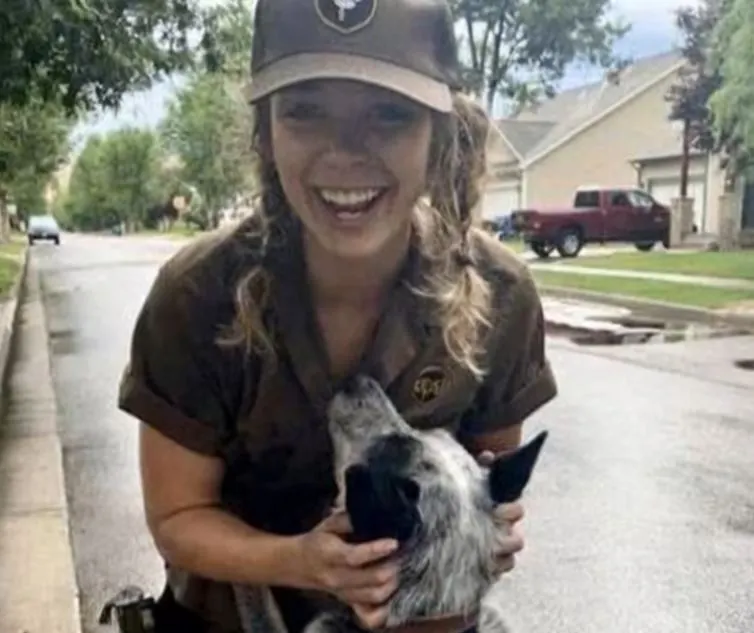On September 11, 2001, people in New York City woke up to a beautiful late summer day. It was a Tuesday, and people were preparing for another day at work and school.
Thousands of people headed for the World Trade Center, a complex of seven buildings that included a pair of skyscrapers known as the twin towers. Each tower had 110 stories and stood about 1,360 feet high. The tallest buildings in New York City at the time, the twin towers rose above the city’s downtown skyline. Nobody there knew that in just a few hours, both buildings would fall.
A shocking event
People who live in New York are used to seeing and hearing airplanes flying overhead. But on the morning of September 11, people stopped on the streets and looked up. The sound of an approaching airplane was too loud, and the plane seemed to be flying too low. To the horror of people watching below, the airplane flew straight into one of the twin towers of the World Trade Center.
moke pours from the twin towers of the World Trade Center in New York City after they were hit by two hijacked airliners on September 11, 2001.
Photograph by Robert Giroux / Getty Images
American Airlines Flight 11 hit the north tower at 8:46 a.m. The impact of the crash tore a hole that stretched from the 93rd to 99th floors of the building. Smoke and flames poured out of the tower. Many people thought they had just seen a terrible accident. But 17 minutes later, a second plane flew into another one of the World Trade Center buildings—this time into the south tower.
United Airlines Flight 175 crashed into the 77th through 85th floors of the south tower at 9:03 a.m. Some cell phone and TV station cameras caught the second attack on film. The footage was played over and over again on television. Soon people knew that hijackers—individuals who capture an aircraft, ship, or vehicle by force—had taken over the planes. A group of men had taken control of the cockpit of each airplane and flown them into the buildings on purpose.
The attack continues
The United States was under attack. About half an hour after the second tower was struck in New York City, hijackers crashed a third airplane. American Airlines Flight 77 hit the west side of the Pentagon, a five-sided concrete building that serves as headquarters for the U.S. Department of Defense, in Arlington, Virginia, just outside Washington, D.C. The plane’s fuel tanks exploded, and two giant fireballs blasted into the air.

The U.S. government ordered all airplanes flying over the country to land as soon as possible. But it was too late for United Airlines Flight 93. Hijackers had already taken control of this fourth aircraft. They were flying the plane toward Washington, D.C.
Passengers and crew members on the plane called loved ones, who told them about the other attacks in New York and Virginia. People on Flight 93 thought their aircraft would be used as a weapon, too. So they fought the hijackers to try to get control of the plane. In a phone call recorded as passengers and crew began to fight back, passenger Todd Beamer was heard saying, “Are you ready? OK, let’s roll.”
Flight 93 eventually crashed into a field near Shanksville, Pennsylvania. The crash site was close to the hijackers’ likely target, a government building in Washington, D.C.
The rescue begins

Back in New York City, dark smoke poured from the twin towers. People rushed to escape the area, which later became known as ground zero. First responders—including police officers, firefighters, and paramedics—arrived within minutes of the first attack on the World Trade Center. They rushed into both towers to help people trapped inside, even though it would be an extremely difficult rescue operation. Almost all the elevators in the twin towers had stopped working. So rescuers started climbing up the stairs, but many were blocked by rubble or fire. Still, firefighters forged ahead, ignoring the danger. (Read more about the heroes of 9/11.)
The towers fall
When the airplanes hit the twin towers, they caused massive damage. Concrete floors were destroyed. Steel support beams were cut in two. Floors above the crash sites started to sag downward. Meanwhile, the sprinklers in both buildings were damaged. There was nothing to stop the raging fires, which became hot enough to weaken steel. The buildings grew unstable. Then they collapsed.

The south tower fell first. Once it began to crumble, it took only 10 seconds for it to collapse. The impact caused the north tower to shake, and it, too, crumbled to the ground 29 minutes later.



